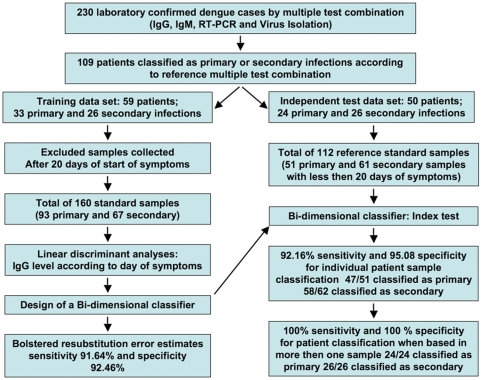Figure 1. Data flow for standard samples from the cohort of dengue fever patients.
Two to five blood samples were obtained from the patients on different days; these samples were pooled, resulting in 119 primary infection samples and 81 secondary infection samples, for a total of 200 samples. The effective training data set consisted of all available training samples from day 20 or earlier (93 primary and 67 secondary samples, for a total of 160). After design of the 2-D classifier, its accuracy was assessed both by training set bolstered error estimates and independent test-set error estimates. For the test set, the available samples were pooled, and those obtained after 20 days from the self-reported onset of symptoms were eliminated from consideration. The resulting test set had 51 primary and 61 secondary samples, for a total of 112 samples. The test set was also used to assess the accuracy of a diagnostic classifier that used all available samples for each patient.

